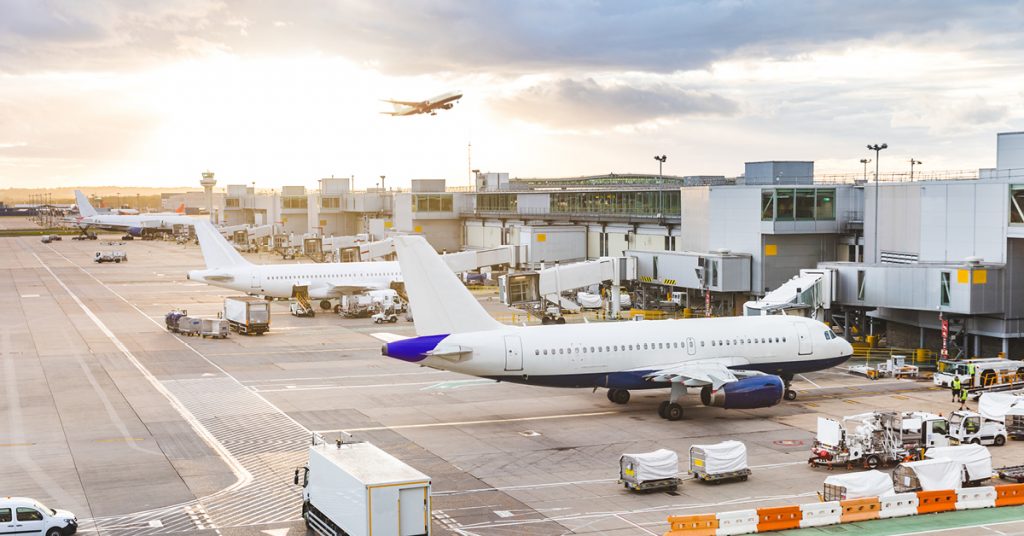Integrating best practice for optimum performance

Sugoon “Kin” Fucharoen, CANSO ATFM WG Co-Chair and Network Operations, Air Traffic Management Center, AEROTHAI explores the added benefits of integrated operational best practice.
In recent years, the aviation industry has seen rapid growth of air traffic all around the globe; that is, until the COVID-19 crisis put a sharp halt to air travel since the beginning of 2020. There is no reason to believe the industry will not eventually recover though, as signs of traffic recovery slowly begin to appear in many regions. Once the crisis passes, the growing air traffic will most likely continue and demand on the ATM system will once again take center stage.
Notwithstanding the COVID-19 crisis, the ATM industry had been working hard to keep pace with air traffic growth by ensuring optimised and efficient use of ATM resources. In the process, two distinct but related concepts emerged and were quickly adopted in many regions: air traffic flow management (ATFM) and airport collaborative decision making (A-CDM).
Both ATFM and A-CDM are processes aimed at improving efficiency and optimising resources in airspace and at airports, based on collaborative procedures and effective and timely exchange of data and information between stakeholders and across platforms/systems. They are both becoming familiar terms around the globe, and CANSO had released two guidance documents on the concepts in recent years; Implementing ATFM/CDM and Airport Collaborative Decision-Making – Optimisation through Collaboration).
While ATFM and A-CDM can be implemented independently with no shortage of benefits, their commonality – not least of which is their reliance on collaborative decision making (CDM) – has highlighted the potential for expanded benefits to stakeholders if they were to be integrated. Europe has led the way with more than 28 A-CDM airports (at the time of writing) being integrated with the Network Manager’s regional ATFM system, demonstrating real benefits ranging from improved predictability to reduced delays and better demand-capacity balances.
The integration between ATFM and A-CDM can be a challenging task, requiring both system connectivity and operational procedure adjustment. As ATFM and A-CDM are being introduced in many regions and airports around the world, ATFM/A-CDM integration can be expected and CANSO is providing guidance for members looking to reap its expanded benefits. To that end, the CANSO ATFM/A-CDM Workgroup has released the CANSO Guide on ATFM/A-CDM Integration, offering practical advice for ANSPs and airports planning their integration projects.
The Guide provides a systematic approach to ATFM/A-CDM integration, focusing on operational use cases and associated data exchanges. This approach allows ANSPs and airport operators to methodically develop their integration step-by-step, expanding the scope as their technical capabilities mature. The Guide also discusses the emerging system-wide information management (SWIM) technology and how it can be a key enabler to ATFM/A-CDM integration. Perhaps most importantly, the Guide includes recommendations and lessons learned from integration projects around the world which will be very useful for readers planning to embark on the same journey.
As the ATM industry recovers from COVID-19 pandemic, and as ATFM and A-CDM become important parts of air traffic management once again, ATFM/A-CDM integration will be vital to maximising the operational efficiency of air traffic operations both on the ground and in the air. The CANSO Guide on ATFM/A-CDM Integration is therefore a key reference for ANSPs and airport operators alike as we ready ourselves for the growth of air traffic guaranteed to come.
You can read the new CANSO Guide on ATFM/A-CDM Integration here.



